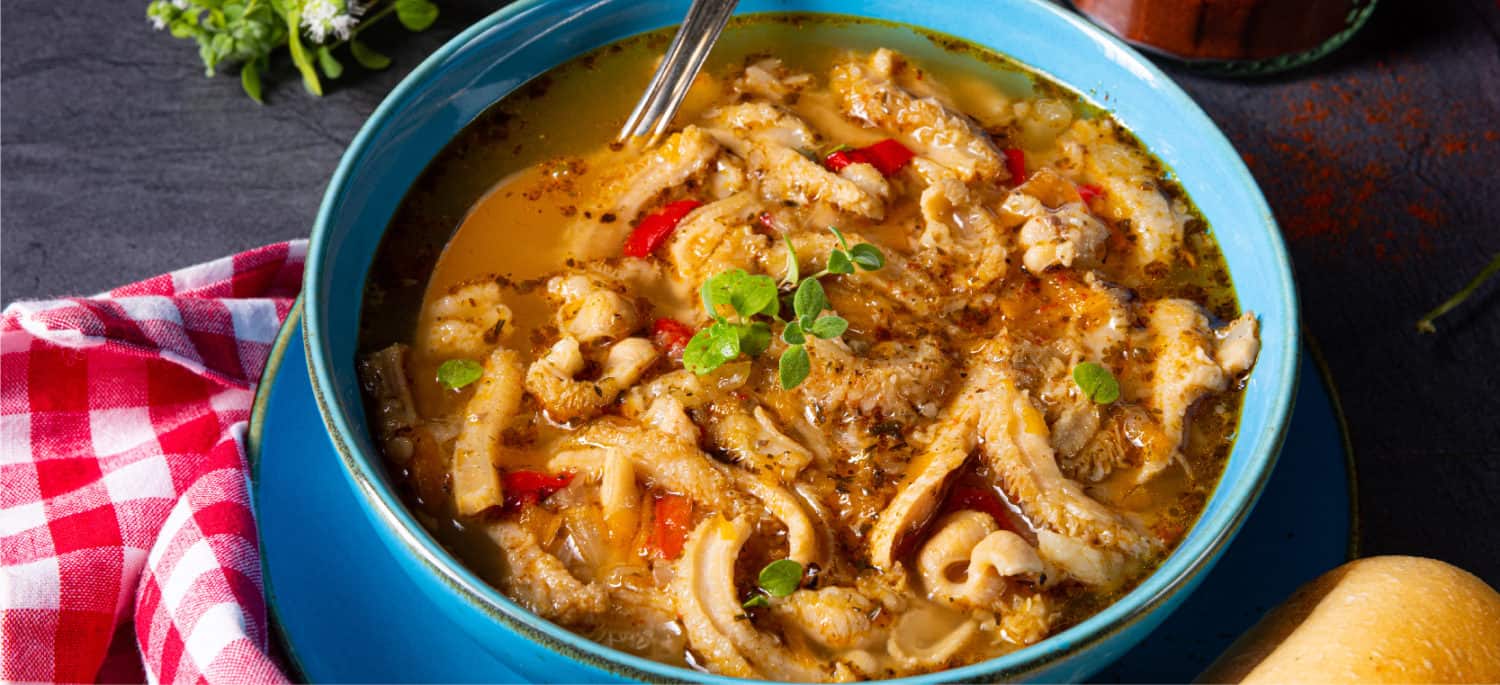This Dr. Axe content is medically reviewed or fact checked to ensure factually accurate information.
With strict editorial sourcing guidelines, we only link to academic research institutions, reputable media sites and, when research is available, medically peer-reviewed studies. Note that the numbers in parentheses (1, 2, etc.) are clickable links to these studies.
The information in our articles is NOT intended to replace a one-on-one relationship with a qualified health care professional and is not intended as medical advice.
This article is based on scientific evidence, written by experts and fact checked by our trained editorial staff. Note that the numbers in parentheses (1, 2, etc.) are clickable links to medically peer-reviewed studies.
Our team includes licensed nutritionists and dietitians, certified health education specialists, as well as certified strength and conditioning specialists, personal trainers and corrective exercise specialists. Our team aims to be not only thorough with its research, but also objective and unbiased.
The information in our articles is NOT intended to replace a one-on-one relationship with a qualified health care professional and is not intended as medical advice.
What Is Tripe Meat? 4 Reasons to Eat This Offal
September 24, 2019

The thought of chowing down on a big plate of tripe can be hard to stomach for many people. For some, the taste, texture and appearance are enough to erase any appetite, while others simply find the idea of eating the stomach lining of an animal unappealing and off-putting.
However, this type of organ meat — aka offal — is actually considered a delicacy in many parts of the world and is a star ingredient featured in many Latin American, Asian, Caribbean and Middle Eastern dishes.
So what is tripe, what does it taste like and how can it benefit your health? Here’s what you need to know about this nutritious organ meat.
What Is Tripe?
So what is beef tripe exactly? According to Merriam-Webster, the official tripe definition is “stomach tissue especially of a ruminant (such as an ox) used as food.”
To put it simply, however, tripe meat is a type of offal, or organ meat, that is found in the stomach of ruminant animals like cows, sheep, goats and buffalo.
These animals have multiple compartments in their stomaches that help digest their food, and the muscle tissue found between these compartments is known as tripe.
Keep in mind that this type of organ meat is different from “fish tripe,” a food that is usually made from the stomach of monkfish or other types of fish.
What Does It Taste Like?
The tripe taste is very neutral, and it’s able to easily take on the flavors of whatever other ingredients it’s cooked with. For this reason, it pairs especially well with flavorful, aromatic herbs and veggies, including garlic and onions.
Some say that the flavor is slightly similar to liver but with a more thick and chewy texture.
The texture starts to slowly soften when cooked over the course of two to three hours, which is why it’s often found in slow-cooked, simmered dishes like soups and stews.
Varieties/Types
There are several different ways to define tripe, including by specifying which animal it is derived from, such as goat, sheep, buffalo or beef tripe.
However, tripe is most commonly classified based on which stomach chamber it’s found in, each of which has a distinct taste, texture and appearance.
Here are a few of the most common types of tripe:
- Blanket tripe: Made from the lining of the first stomach compartment, or rumen, this type is flat and smooth, like a blanket.
- Honeycomb tripe: This type is made from the second stomach chamber and has a unique appearance that resembles a honeycomb. It’s among the most popular varieties because of its tender texture and unique taste.
- Omasum tripe: Often described as a mix of blanket and honeycomb tripe, this type is found in the third compartment of the stomach.
- Abomasum tripe: This type is made from the fourth stomach chamber and is considered the least commonly consumed variety.
Tripe Nutrition Facts
The tripe nutrition profile is loaded with protein, selenium, vitamin B12 and zinc, along with an assortment of other important micronutrients.
A 100-gram (3.5-ounce) serving of cooked tripe contains the following nutrients:
- 94 calories
- 2 grams carbohydrates
- 11.7 grams protein
- 4.1 grams fat
- 11.8 micrograms selenium (17 percent DV)
- 0.7 micrograms vitamin B12 (12 percent DV)
- 1.7 milligrams zinc (11 percent DV)
- 81 milligrams calcium (8 percent DV)
- 66 milligrams phosphorus (7 percent DV)
- 0.1 milligrams manganese (5 percent DV)
- 0.7 milligrams iron (4 percent DV)
- 15 milligrams magnesium (4 percent DV)
In addition to the nutrients listed above, tripe also contains a small amount of niacin, potassium, folate, pantothenic acid and vitamin E.
Benefits
1. High in Protein
Like other types of offal, tripe is a great source of protein, packing a whopping 12 grams into each 3.5-ounce serving.
Protein is incredibly important to overall health. It plays a crucial role in tissue repair, metabolism, immune function and more.
Some studies also suggest that adding more protein to your diet could aid in weight loss by helping you feel fuller for longer between meals.
2. Good Source of Selenium
With about 17 percent of the selenium that you need for the entire day crammed into each serving, tripe is a great source of this incredibly important micronutrient.
Selenium is a key mineral that acts as an antioxidant in the body to help neutralize free radicals and protect against cell damage and chronic disease.
According to a paper published in Lancet, low selenium status has been linked to several health problems, including decreased immune function and cognitive decline. Conversely, increasing your intake of selenium could potentially help prevent reproductive issues, autoimmune thyroid disease and even certain types of cancer.
3. Budget-Friendly
Because there is less demand for tripe and other types of offal, swapping this interesting ingredient into your diet every once in a while can be a great way to save some extra cash.
Although prices can vary based on both the variety and specific retailer, tripe is generally a much more cost-effective and budget-friendly option than expensive cuts of meat, such as steak.
4. Sustainable Food Source
Offal is a great sustainable source of food that can help reduce food waste and optimize food production.
Nose-to-tail is a movement that promotes the preparation and consumption of the entire animal, rather than simply picking and choosing from more “desirable” parts, such as the flank, ribs and round.
Unfortunately, many parts of slaughtered animals are simply discarded, leading to massive amounts of waste within the food industry. Adding tripe to your diet is a simple way to support sustainable eating and do your part in decreasing food waste.
Downsides
Tripe is a difficult ingredient to prepare and consume, and its taste and texture can often be a turn-off for some consumers.
Because of its tough texture, it’s also a labor-intensive ingredient that can take several hours to fully prepare.
Furthermore, although it is a good source of several nutrients, including protein, selenium and vitamin B12, it’s also relatively high in cholesterol.
Contrary to popular belief, studies show that dietary cholesterol has minimal impact on blood cholesterol levels for most people.
However, eating too much dietary cholesterol can increase cholesterol levels in certain people who are more sensitive to its effects.
Therefore, it’s important to moderate your intake if you have high cholesterol levels or think you may be sensitive to dietary cholesterol.
Where to Buy, How to Store and How to Add to Diet (Plus Tripe Recipes)
Tripe is available at many major supermarkets, as well as specialty Asian or Latin stores. These products are generally soaked and bleached in a chlorine solution, which is used to help remove any impurities and give the meat a distinct, pale white color.
You can also purchase fresh tripe directly from your local butcher or meat market, which is typically sold unbleached.
Regardless of whether you purchase this organ meat bleached or unbleached, it’s important to rinse it carefully before preparing or consuming.
Canned, dried and frozen varieties of tripe for dogs are also available at pet stores and online retailers.
Unfortunately, fresh tripe doesn’t last long in the fridge, so unless you’re planning on using it within a day or two, it’s best to carefully wrap it and store it directly in the freezer.
There are plenty of ways to add this organ meat to your diet, and it’s enjoyed in a variety of different ways around the globe.
Fried tripe, for example, is a popular dish in the southern United States, and it’s often added to sandwiches or served as an appetizer. In Jamaica, it’s made into a stew and enjoyed alongside broad beans, while in Serbia, it’s often combined with herbs and boiled potatoes.
“Sopa de mondongo” (meaning soup with tripe in Spanish) is a staple in Latin American and Caribbean cuisine, which includes veggies like bell peppers, carrots, cabbage, celery, onions and tomatoes.
This type of organ meat is also used in many traditional Asian, African and Middle Eastern dishes, including Ojree (a Pakistani curry made with goat tripe), Soto babat (an Indonesian soup) and Mala Mogodu (a stew served in South Africa).
Need some ideas for how to incorporate this unique ingredient into your diet? Here are a few easy tripe recipes to help get you started:
Final Thoughts
- What is tripe? This common ingredient is a type of offal, or organ meat, made from the stomach tissue of ruminant animals like cows, goats and sheep.
- There are several types available, which are classified based on which stomach compartment of the animal they are made from.
- It has a mild flavor and dense, chewy texture, so it’s best to cook slowly over long periods of time and pair with aromatic herbs and ingredients like onions and garlic.
- This type of organ meat is especially high in protein and selenium. It also contains a wealth of other micronutrients, like calcium, vitamin B12 and zinc.
- Because it’s made from parts of the animal that are often discarded, it’s also considered a budget-friendly and sustainable food source.
- However, it’s also difficult to prepare and high in cholesterol, so it’s important to moderate your intake if you have high cholesterol or are more sensitive to its effects.










